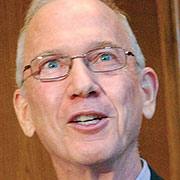
Leave Retirement to the Professionals, Actuaries Say
A new report from the American Academy of Actuaries posits four basic principles that, if followed, it believes will lead to better pension plans and more secure retirements for participants. Relieving employers of plan sponsorship is one idea.


